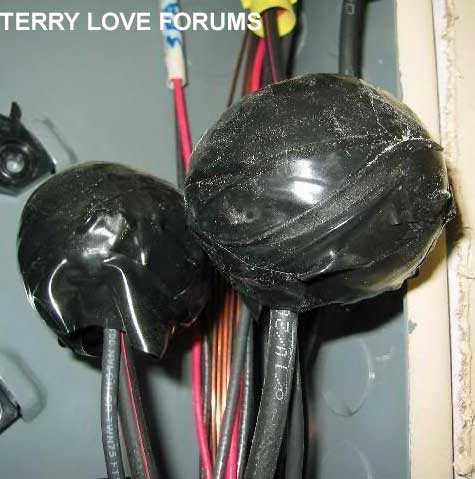Off-topic, but somewhat related and interesting (If you're a geek)
Most of the electrical solders melt in the low to mid700-degree range, if I remember right. In a fire, if it got that hot, it would mess up other things, as the insulation would be gone and any wood around would have also reached the ignition point. A cold solder joint can easily break, a proper one, just like on a pipe in plumbing, is very robust. But, I've been certified to solder things on missiles, so have some experience putting elecrical things together with solder! The average person probably wouldn't do it "right", to allow a long-term, successful connection. A lot of the stuff we make has to work first time out of the box after sitting around for maybe decades.
The big bugaboo for awhile in the electronics industry is the growth of tin whiskers and it shorting out circuits. Not an issue on large-scale stuff, but a real pain on micro-sized things. So, tin and solder are a problem in electronics.
One group I work with was discussing whether they needed an 18 or a 24-layer circuit board to optimize the design...can you imagine the tolerances to get connections inbetween layers?! and still have room to mount components on them? A tin whisker would spell death to it - they grow and short things out.


